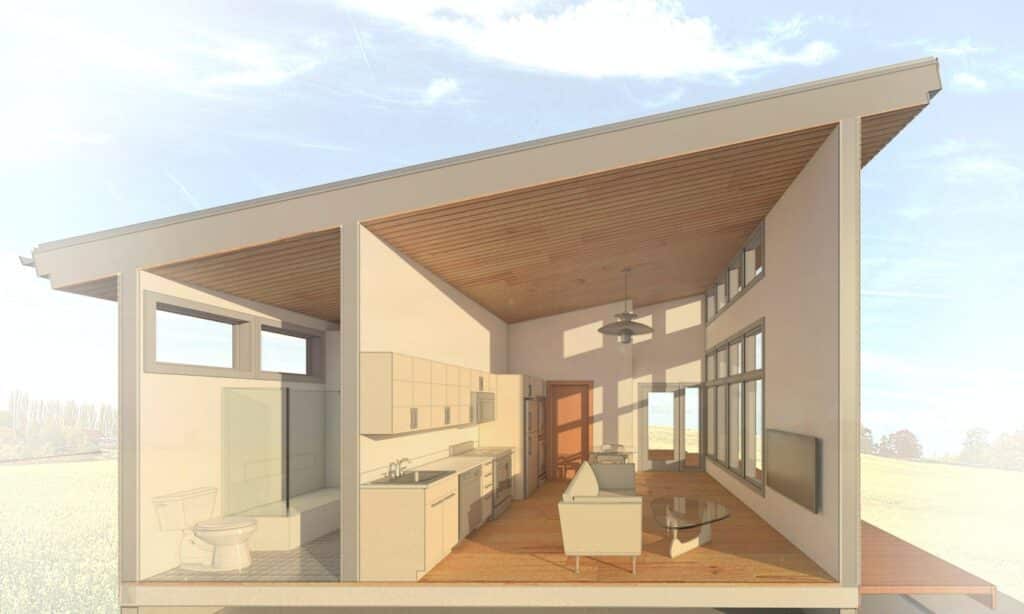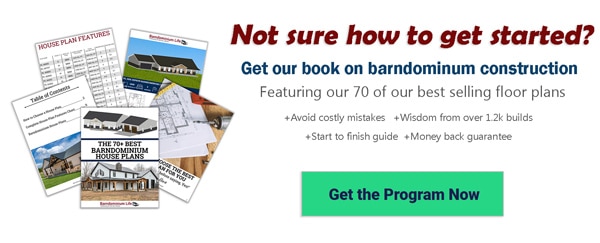Accessory Dwelling Unit (ADUs) 101 Guide
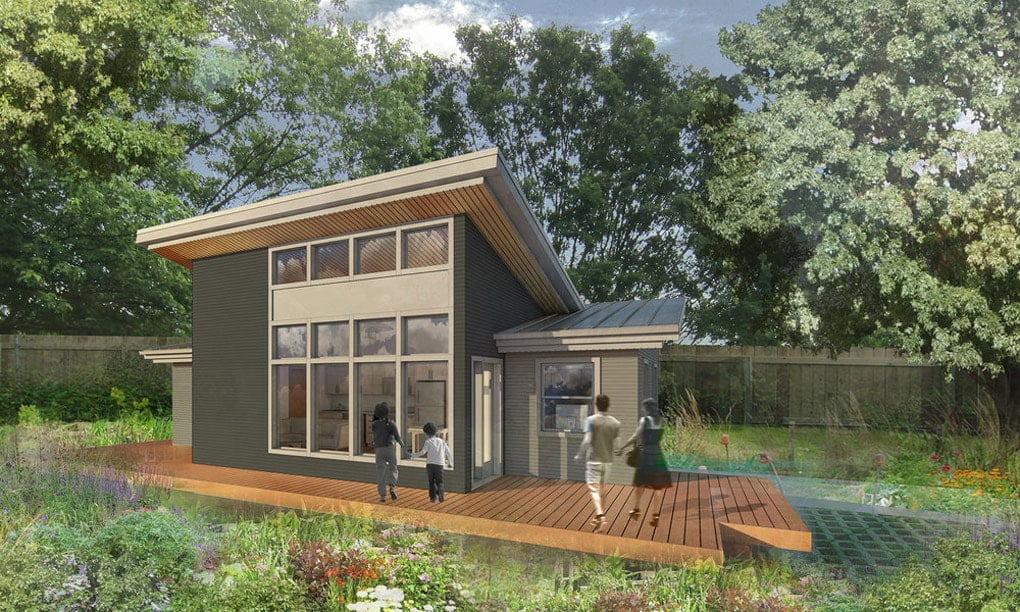
ADUs, short for accessory dwelling units, are small units that have their own “space.” You’ll find that these units are often called:
- Mother-in-law suites or apartments
- Multi-generational homes
- In-law suites
ADU housing is becoming a popular choice, but before we go into the fine details of cost, value and other aspects of an ADU, let’s take a look at type.
What is an ADU?
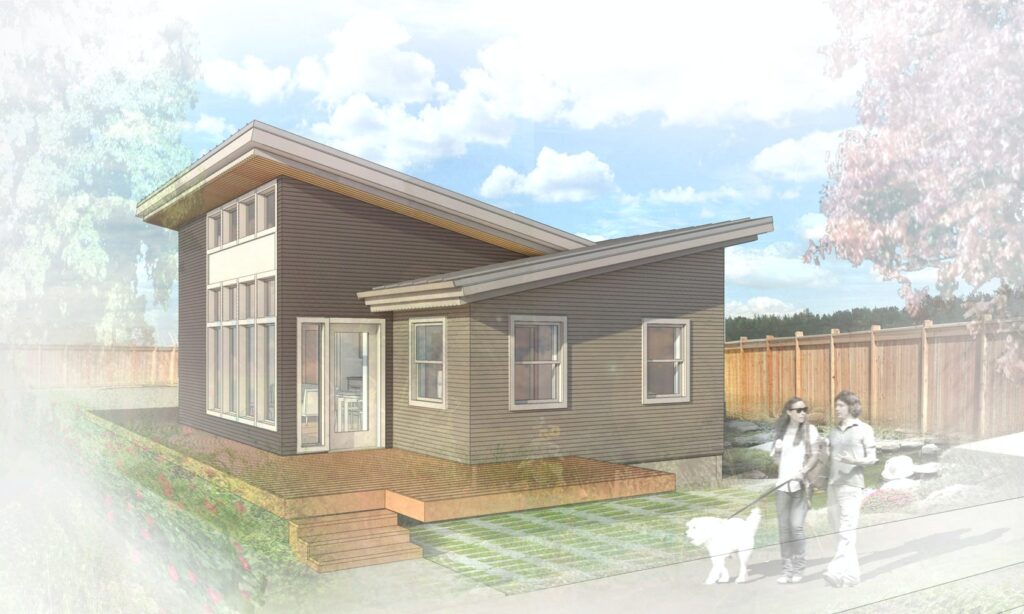
Multi-generational households, or many of the ADUs that you see, are growing in popularity. Statistically, over 64 million people, or 20% of the population in the United States, lives in an ADU.
In terms of city classification, there are two main types of ADUs:
- Standard
- Junior
But when you want to build one of these units, you’ll find that they come in three main types:
- Interior
- Attached
- Detached
The dwelling is its own unit that comes with its own entry, kitchen, bathroom and bedroom. Essentially, a person who is living in the space will have their own “mini” home. Of course, the attached and detached units are most common.
An interior unit is often built into the home when it’s being made.
If you’re wanting to build an ADU, you’ll need to consider:
Attached

An attached unit is good for close families or if you need to watch and care for an elderly family member. The attached unit is an addition to the home, and it will add to the home’s square footage and overall size.
Detached

Detached units are less intimate and allow for the occupants of the ADU to truly have their own space. These models may also be guest suites on the property. A few of the names for these models are:
- Backyard cottages
- Laneway houses
- In-law suites or flats like a Granny Pod
You’ll also find that there are different types of ADU housing that can vary from one ADU to the next. The additional types are:
- Garage conversion ADU
- Garage or workshop ADUs that are above the space
- Addition ADUs
- Basement ADUs
When you add an ADU to your home, there are several things that your ADU will have in common:
- They act as an accessary to the home
- They’re much smaller than an average home
- They consist of one of two units (including the main house)
There are a lot of informal, or non-permitted ADUs in existence. Different cities may have stricter ordinances that make it difficult to build an ADU “legally.” One method that a lot of homeowners use is to transform their basements into an ADU. The space is often large enough for a shower and kitchen to be added.
Defining a Junior Accessory Dwelling Unit
Also known as a JADU, these models are a maximum of 500 square feet and are within the walls of a home. This would be a basement converted into an ADU, and the JADU may have access to the primary dwelling, although it’s not required to have this access.
Defining a Standard Accessory Dwelling Unit
A standard ADU is often a new, independent dwelling that is added to the property. These additions are often conversions of a garage or accessory structure, adding an attached or detached dwelling to the current structure.
Every ADU must have a kitchen to meet the basic definition of an ADU. If there’s no kitchen included, it is not an ADU.
How Much Does It Cost to Build an Accessory Dwelling Unit?
Building an ADU comes with a lot of variables.
If you’re using your basement and converting it, you can expect the cost to be cheaper than if you were adding a unit to your home. There’s also the major factor of size.
If the ADU is 500 square feet, it’s going to cost more than a 200 square feet model.
There’s also the consideration of where you live, lumber and labor. A few random figures that can help you better understand the costs that you’ll incur are:
- $20,000 for modest basement conversions
- $100,000+ for an above garage conversion
There are some calculators that estimate a 500 square foot ADU attached to the home will cost $106,000. Detached models have a similar cost, but it’s all dependent on what needs to be done.
You have to consider:
- Clearing
- Grading
- Infrastructure
- Septic or well upgrades
Your current space may have a septic that is designed for a 3-bedroom, 2-bathroom home. Adding an additional room and bathroom may mean that the septic is no longer adequate and needs to be upgraded.
Foundation, electrical and other costs need to be added into the equation.
A lot of homeowners can expect to spend $80,000 to $100,000 to have an attached ADU built. Every city is different, so you’ll have to consult with local builders to better understand what costs that you’re up against.
Metal buildings may be an option that offers cost savings and may be a good fit for your needs.
The cost of ADUs have risen greatly in recent years. If you go back four or five years ago, you’ll see prices 33% to 50% cheaper than in today’s market.
How Much Value Does an ADU Add?
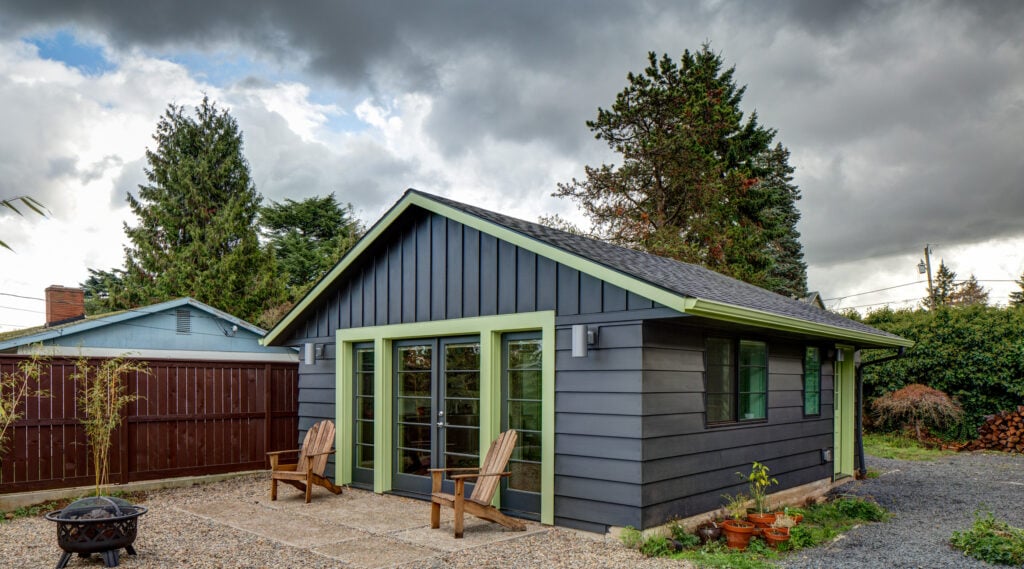
ADUs, or any addition to a home, will add value to the home. If the ADU is well-maintained, it will add value to your home. The issue is determining how much value is added to the home. Every market is different, so the exact value is truly an “unknown.”
Your best bet, if you want to know how much the ADU will add to your home, is to discuss your options with an appraiser.
A local appraiser has a pulse on your market and will be able to give you a more accurate figure than anyone else. You can also try and do your own comparisons in your market. The way to do this is to:
- Go online and look for homes with similar ages, size and location as yours
- Search for homes that are in this category but also have an ADU
For example, if you find a home on a 10,000 square foot lot that is 1,500 square feet and built in 2010 without an ADU and the price is $250,000, try finding a home with an ADU on a similar property in your area. If the home with the ADU is selling for $290,000, you can assume that the ADU added $40,000 to the home’s price.
An appraiser will be able to help you refine these figures further to better understand if you’ll see a return on your investment in the future or not.
Do All Cities Allow ADUs?
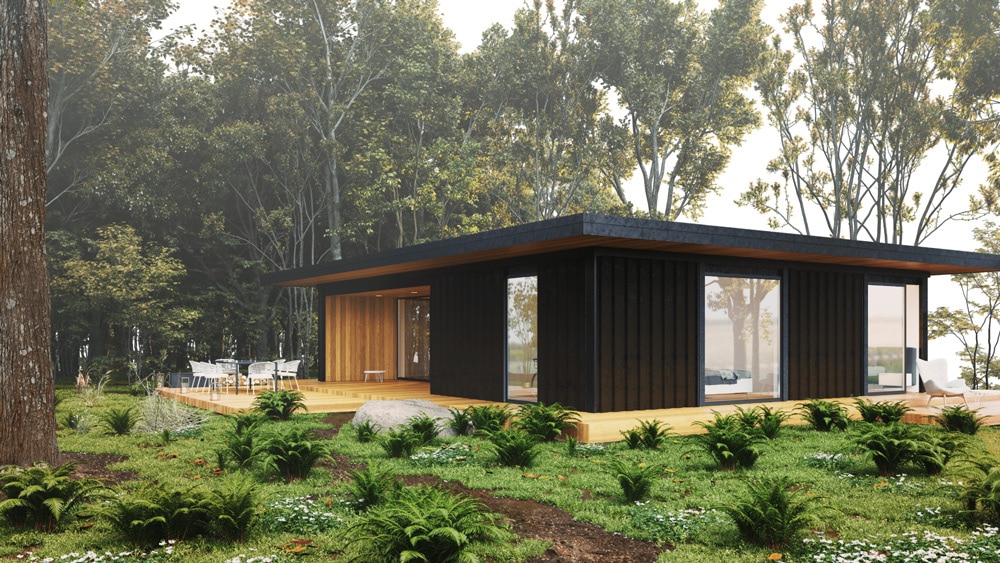
Typically, you can always add an addition to the property, but the permitting process may vary. If the ADU is attached, it’s often easier to get a permit than if the ADU is detached because homeowner associations or cities may not allow smaller, separate units to be built.
You’ll want to consult with your city on the permits you’ll need for ADU housing.
In many cases, you may want to avoid permitting because the building is under 200 square feet or is not considered “habitable.” The bad news is that in this case, an ADU must be habitable, so if you do try and go this route, the city may come and ask you to remove the building.
It’s always better to get a permit.
The permit will also have a classification which may or may not be a “house.” Local zoning and codes will dictate both the classification of the structure and if the structure is permitted.
If, for some reason, you’re not able to get a permit for your ADU, you may want to inquire about a permit for:
- Detached office
- Guest house
Sometimes, a slight name change may mean the difference between a permit being denied or approved.
How Does Financing Work For ADUs?
Traditional lenders will not provide financing for an ADU. If you want to build an accessory dwelling unit, your best option is to cash-out refinance. You can use the money from the refinance to add to the home and have an ADU built.
Lines of credit and home equity loans are going to be the fastest, easiest way to finance your ADU.
Emerging loan products are starting to come out that you may want to consider. These products will allow you to take out a loan that is similar to a construction loan. As ADUs continue to grow in popularity, the population continues to age and housing prices soar, ADUs will continue to grow in popularity.
An ADU does add value to the home and can be rented out in the future. Many homeowners that have an ADU that is no longer occupied by family members will rent the space for extra income. Over the long-term, these rentals can help offset the initial cost to build the ADU.
Maintenance is often low on these spaces, so you won’t have too many additional costs initially.
Remodeling the space in ten years will cost just as much as your home’s remodel, so keep this in mind when choosing the interior style. If you go with a classic look, you won’t have to worry as much about remodeling in the future.

